Nothing Phone (1) camera – why I love what it stands for
Less is more when it comes to Nothing’s much-hyped first flagship smartphone – the Nothing Phone (1)
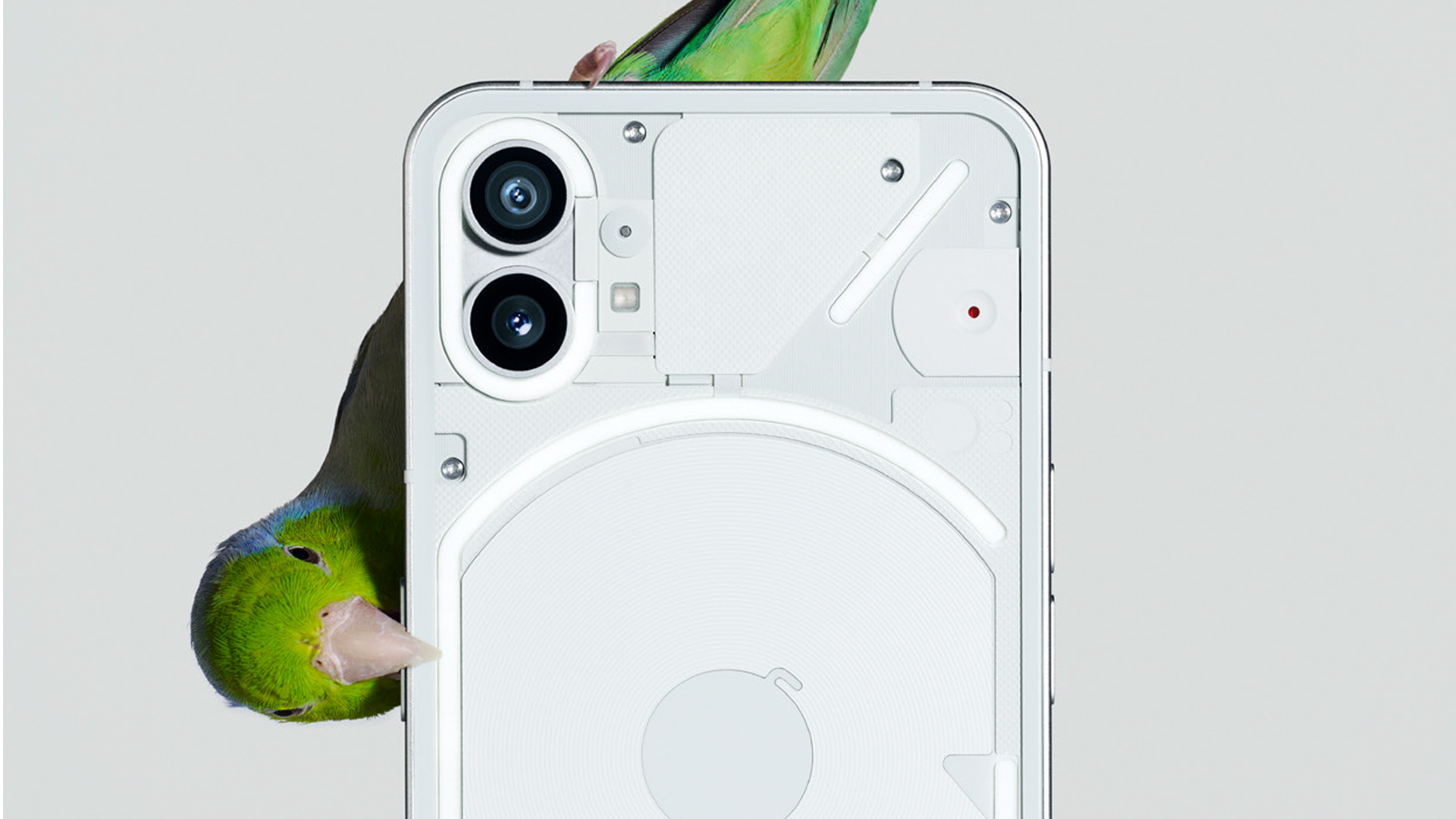
As we’ve learnt from megapixel numbers, more isn’t always more, and for someone who tests a lot of phone cameras, nothing makes that point more beautifully for me than the Nothing Phone (1). This dual-camera debut from new smartphone maker, Nothing, is a breath of fresh air in a sea of triple-camera, quad-camera and penta-camera smartphones.
A dual-camera phone in 2022? Apple hasn’t had a dual-camera flagship phone since 2018 (the iPhone Xs), and even cheap and cheerful phones today are shipping with more than two cameras. Why am I lauding Nothing’s decision to turn back the clock? Because the Nothing Phone (1) isn’t a top-end flagship. It’s a mid-priced phone that doesn’t need to compete on zoom or camera tricks – it just has to get the basics right.
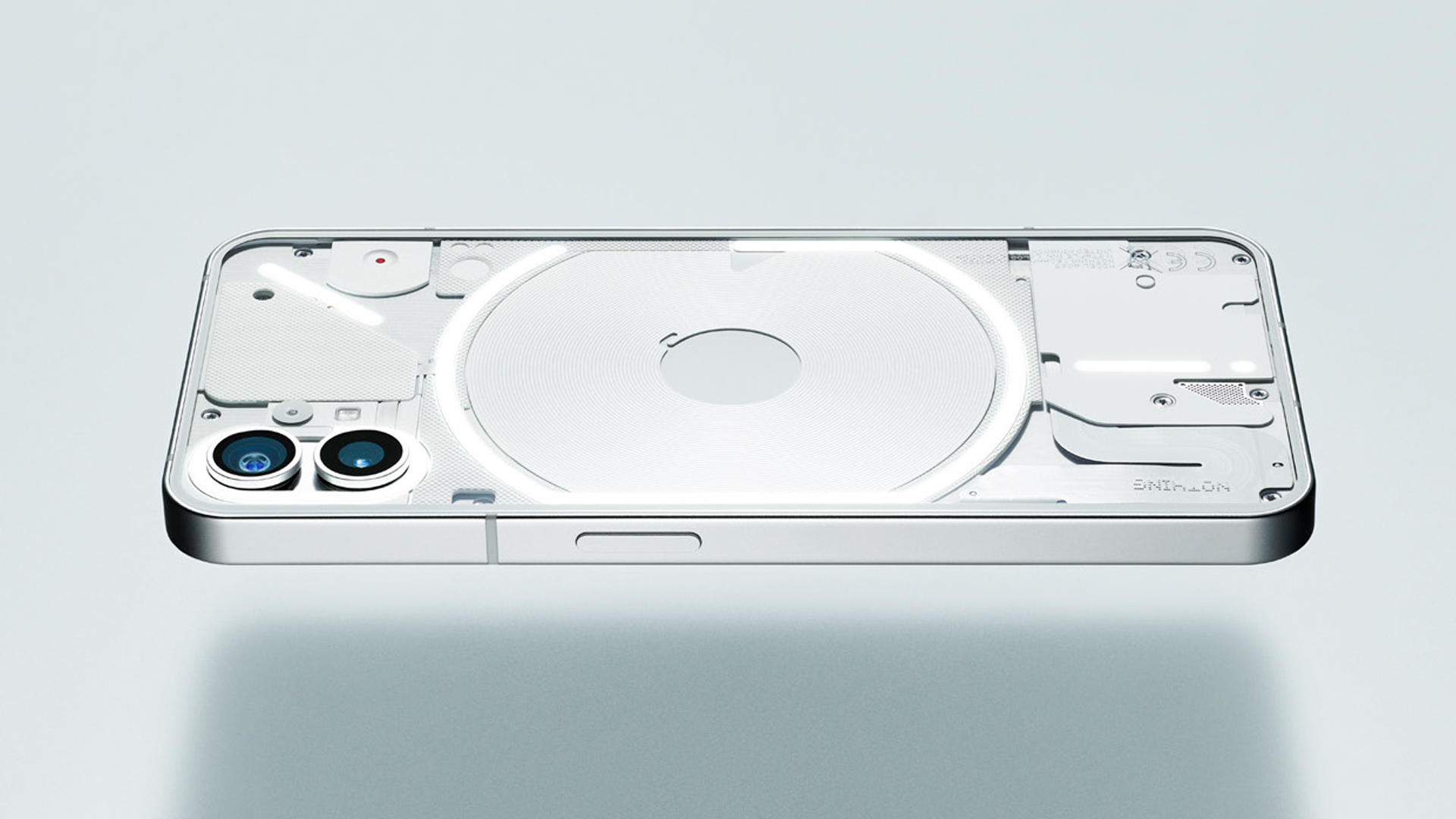
Android phones today
If we pick two low-cost smartphones out now, the OPPO A54 5G and Realme 8 Pro, both have four cameras around the back. I’d argue two of these add nothing to the photography experience – in fact, they could hurt the quality of photos you get from the phone. Which two cameras am I talking about? Depth sensors and macro cameras.
Depth sensors should be on phones to help improve portrait mode photos and create a more natural-looking background blur. That said, there are cheap phones without them doing a better job of portrait-style photography than phones with. Additionally, software background/foreground recognition has gotten so good, we don't really need depth sensors taking up space on the back of phones, unless they're time of flight sensors, or a new, innovative means of improving depth detection.
What about macro cameras? I love macro photography, and the promise of a dedicated macro camera on my budget smartphone should be a good thing. Sadly, the 2MP, fixed-focus Omnivision sensor rolled out across almost every 2021/22 budget smartphone is near-useless. It can’t be used in remotely challenging lighting conditions, and even when it is, between purple fringing and the low, 2MP detail, its photos look awful. In fact, if you take a close-up picture using your phone’s main camera and crop into it, there’s a good chance you’ll get much better results.
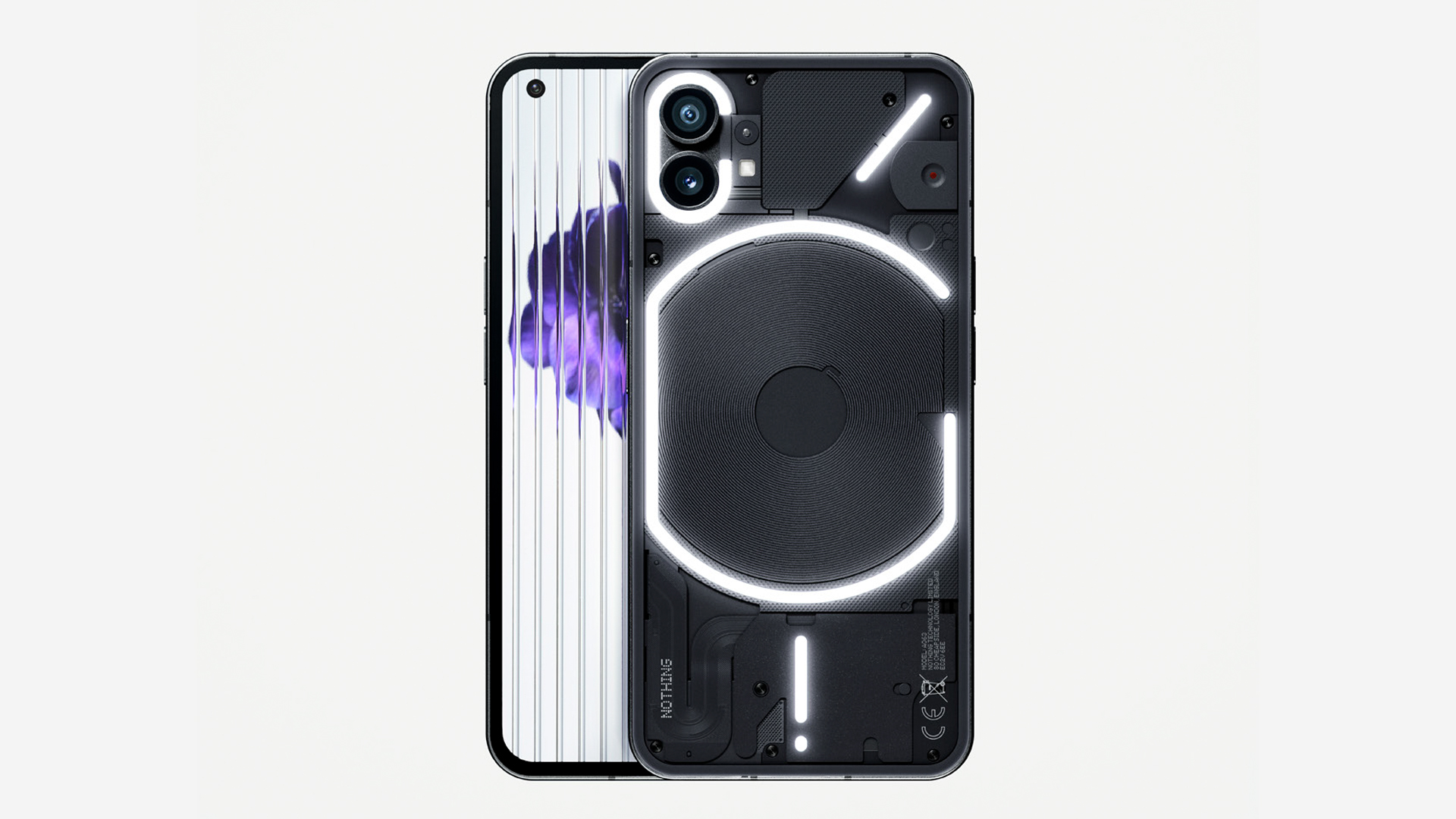
Why add pointless cameras?
The more-more-more, bigger is better way of thinking that brought you city-dwelling Land Rovers and SUVs, and my own over-sized and over-priced rowing machine (read: clothes rack) is being capitalised upon by tech company marketing.
Not all multi-camera phones are bad. The Samsung Galaxy S22 Plus has loads of cameras, and each does something worthwhile across zoom ranges. The Realme GT 2 Pro adds a novel microscope camera that’s fun and unique, and the OnePlus 10 Pro’s 150º ultra-wide captures a huge amount of information.
Get the Digital Camera World Newsletter
The best camera deals, reviews, product advice, and unmissable photography news, direct to your inbox!
Sure, cheap multi-camera setups on phones look more like the high-end flagships, but they’re actually making us take worse photos. If someone switches to an awful macro camera just because it’s there, rather than use the main camera, they’ll have missed out on a better picture.
Nothing is better than something
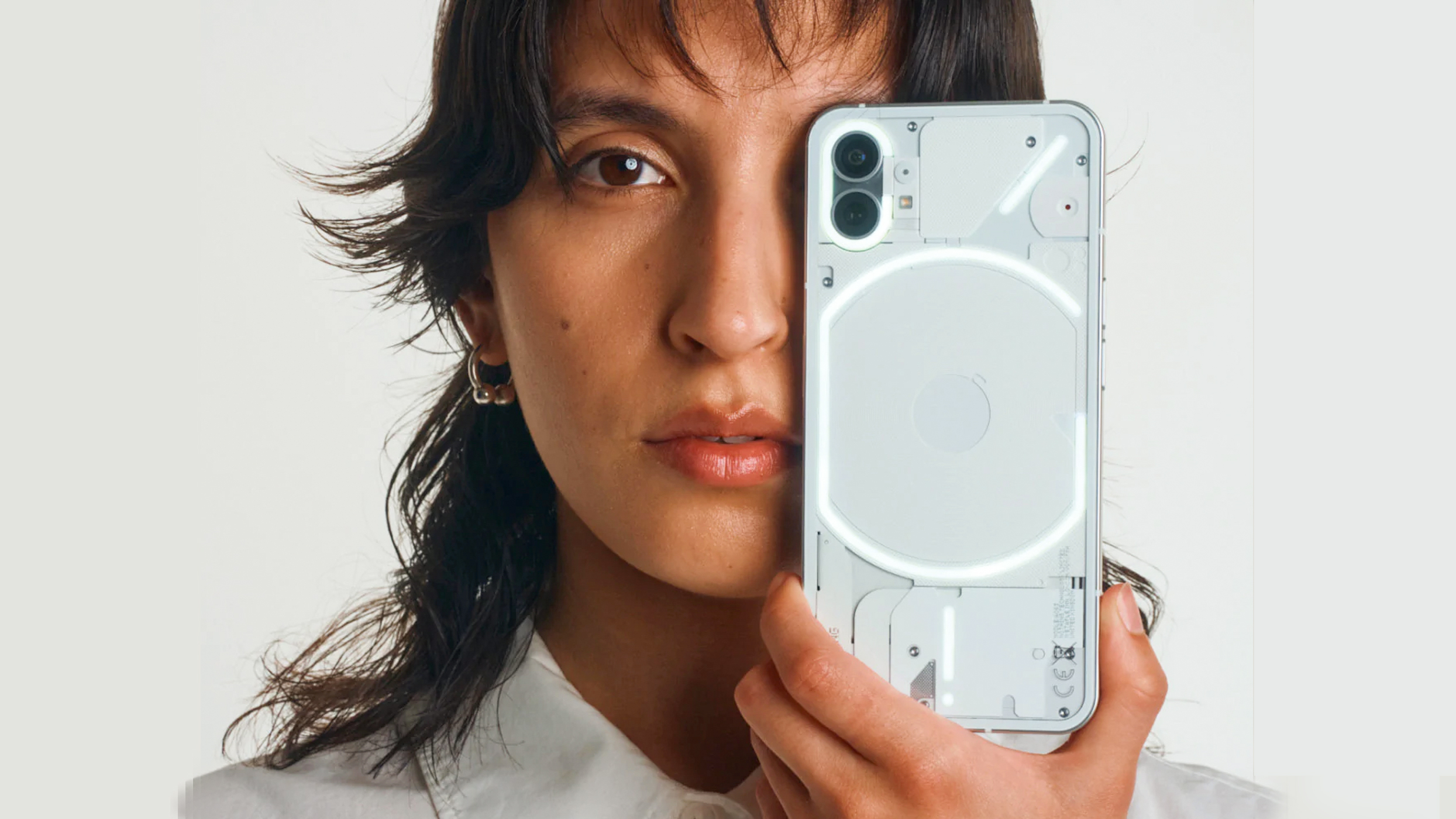
So what’s the Nothing Phone (1) doing that’s so special? It isn’t wasting space on the back of the phone, or component budget, with poor-performing cameras.
Starting with the Phone (1)’s main camera, it has a Sony IMX766 sensor, and that’s matched with an f/1.9 lens with optical image stabilization. We first saw this combo on the Oppo Find X3 Pro, a 2021 flagship. Its photos pack impressive detail, dynamic range, and reliably pleasing background blur.
Since the Sony IMX766 featured in the Realme GT 2 Pro and Realme 9 Pro Plus, it became a favourite of ours across prices, and even without OIS – on the Asus ROG Phone 6, it can do a respectable job.
Next, the Phone (1)’s only other rear camera, the ultra-wide module. This combines a Samsung JN1 sensor with a lens that features autofocus. Don’t get us wrong – this is a budget 50MP camera sensor, but Nothing combines it with an f/2.2 lens with autofocus, so the ultra-wide camera doubles up as a macro camera. Three cameras for the price and space of one, and good-enough photos across the board? The promise of the midrange, Nothing Phone (1)’s minimalism is our idea of smart.
Of course, when it comes to making a great camera phone, there’s much more than good hardware to worry about. General image processing (exposure, saturation, sharpening etc), computational photography (night mode performance), and handy, additional features all come into play. That said, at least Nothing’s camera hardware makes sense on paper – a great start for a new brand trying to stand out for the right reasons.
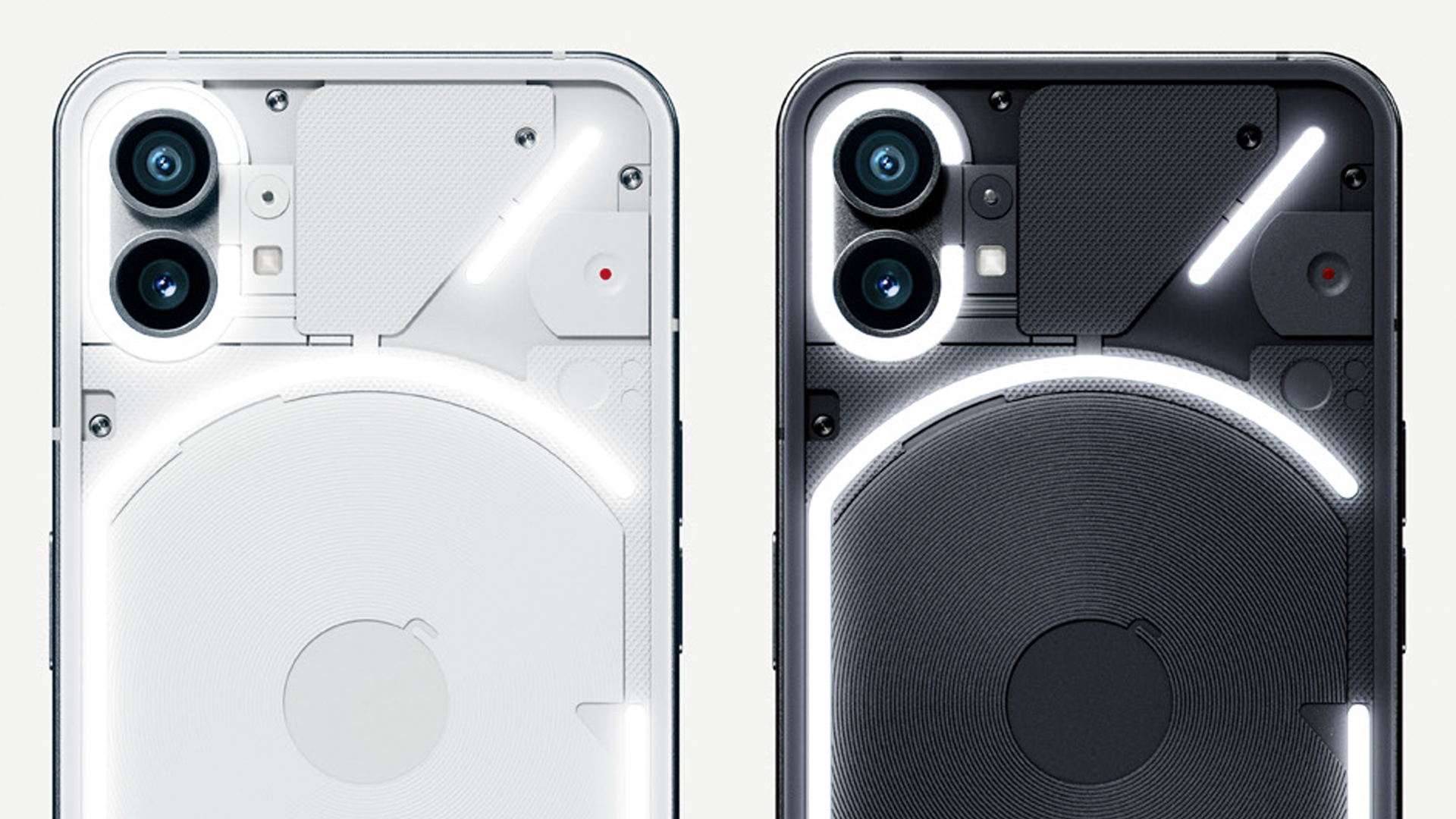
Nothing Phone (1) price and specs
We’ve mentioned the Nothing Phone (1) isn’t a high-end flagship, and that’s reflected in the phone's specs, but launching at £399 (roughly $470), the price-to-spec ratio is looking very good. The dual-SIM phone is IP53 dust and water-resistant, it features both face and finger unlocking and of course, those glyph lights on the reverse for some standout style.
Launching with Android 12, Nothing promises three years of software updates and four years of security updates for the phone, and it’s powered by a Qualcomm Snapdragon 778G+, an updated version of the 778G with support for wireless charging.
In addition to 15W wireless charging, the phone powers up at 33W when plugged in. It also packs 8GB or 12GB RAM, and 128GB or 256GB storage – both depending on the version you go for.
Nothing also loads up a quality OLED screen that measures 6.55 inches and features a 120Hz, smooth refresh rate, and the phone itself is relatively slim at 8.3mm, sandwiched by Gorilla Glass on the front and back.
This all means the Nothing Phone (1) actually competes with the best budget camera phones of 2022, rather than the high-end flagships. Whether it can it topple the competition though remains to be seen. Check back in the coming weeks for our full Nothing Phone (1) review.
Basil Kronfli is a freelance technology journalist, consultant, and content creator. He trained in graphic design and started his career at Canon Europe before moving into journalism. Basil is also experienced in video production, independently running the YouTube channel TechEdit, and during his time at Future, he worked alongside the Digital Camera World team as a senior video producer.
